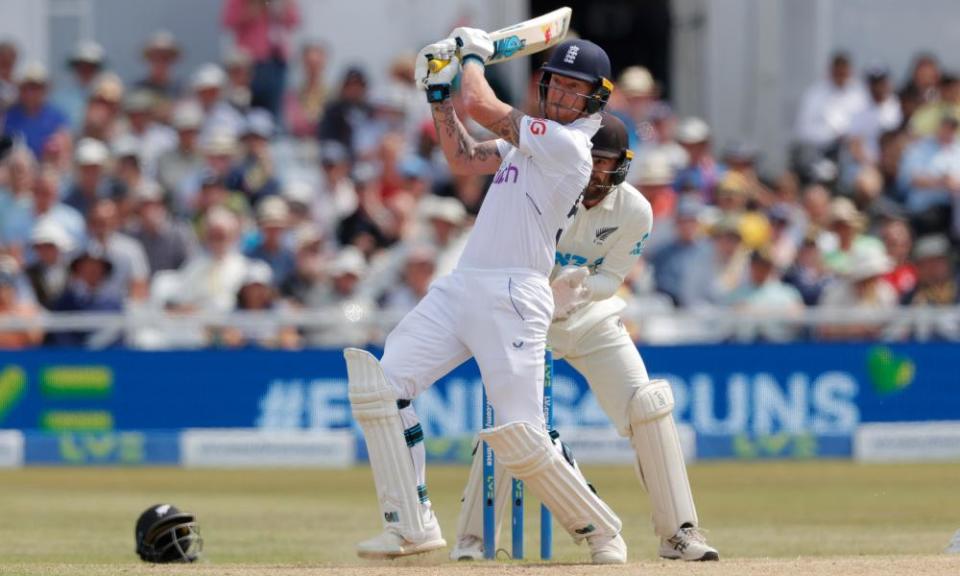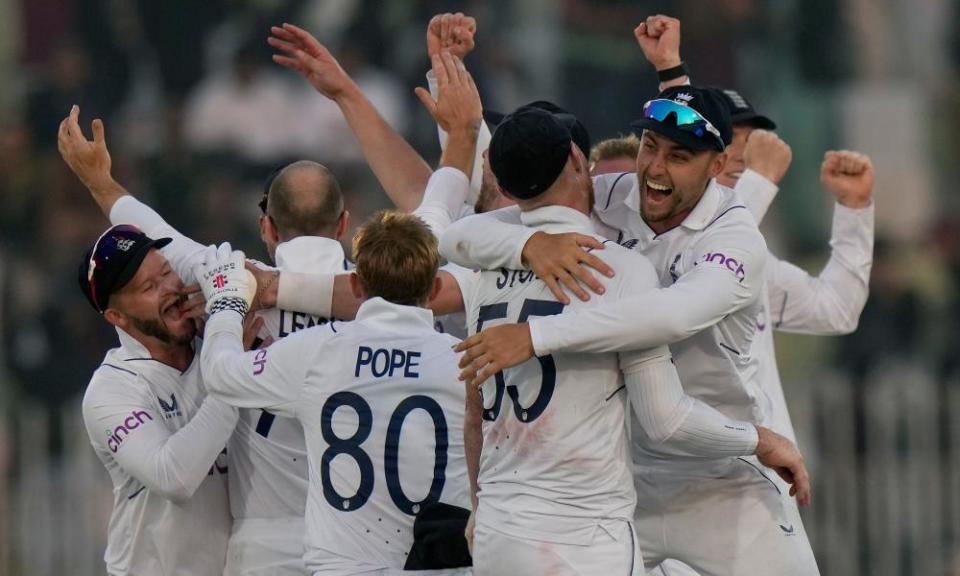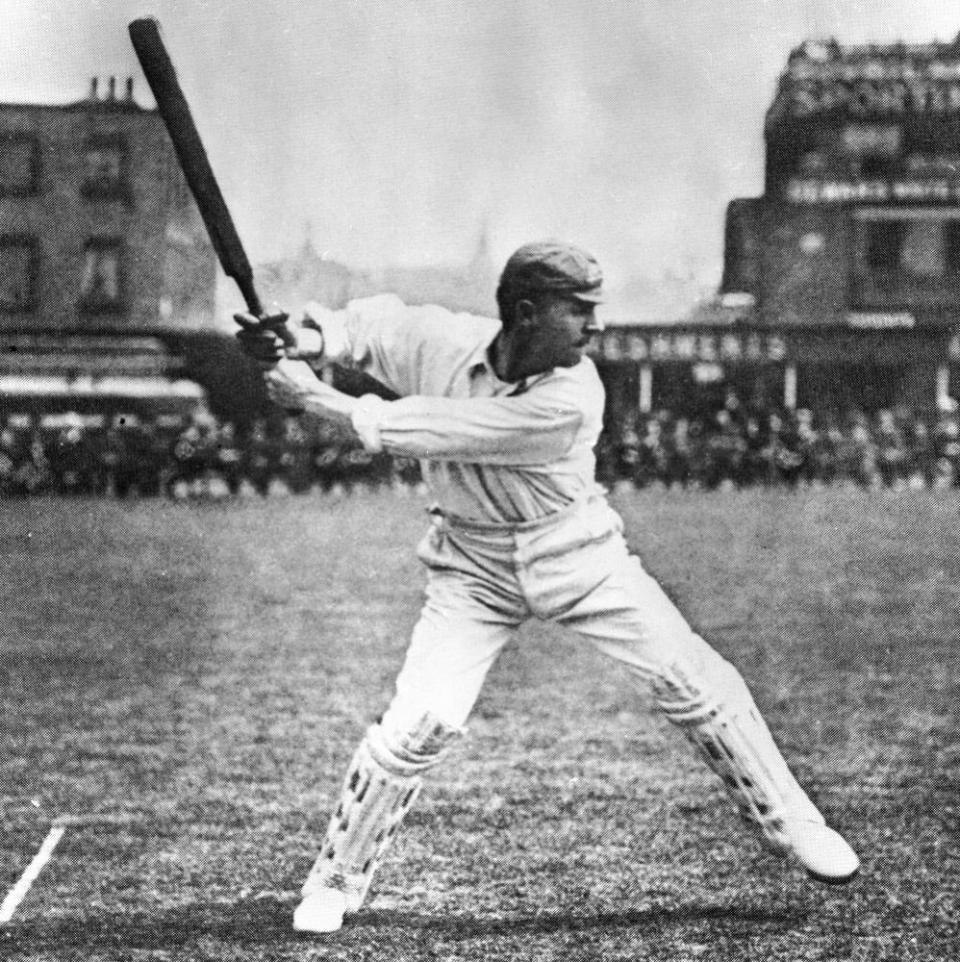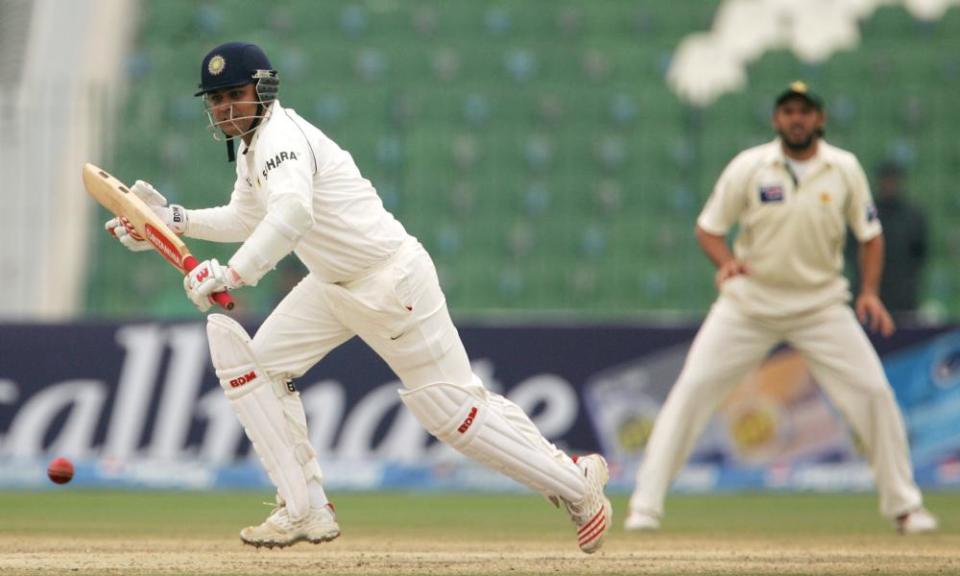Bazball unpacked: how England have turned up the dial in Test cricket

So, how do you sum up Bazball?
If one match captures it, it was England’s 74-run win in Rawalpindi against Pakistan last December. With hindsight, we can imagine exactly how England planned to go about this game, something along the lines of: “This pitch is flat, and we will need to bowl at least 250 overs to have a chance of getting Pakistan out twice. Given that it is winter, and will be getting dark early, there will probably be around 400 overs in the match. So that means we can’t bat for more than 150 overs across our two innings. If Pakistan score at their usual 3.5 runs an over across their two innings, they will get about 875. Which means we need 900 ourselves, and we need them in 150 overs.” The result? England scored 921 runs in 136.5 overs (a run-rate of 6.73) and bowled Pakistan out for 579 and 268 in a total of 252 overs, to win with around 20 minutes of light remaining. Bazball buys the bowlers time and never more so than in ’Pindi, a ground where Australia’s visit nine months earlier returned just 24 wickets and three innings in a soporific draw.

How novel is their batting approach?
Aside from that match, only one other team have made 500‑plus runs in a Test at six or more per over and that was … also England, against Ireland at Lord’s this month. Since Ben Stokes and Brendon McCullum took charge, the team have scored at 4.85 runs per over overall. If you look at the best run-rates by captains in Test cricket (factoring in the one‑off Test match Stokes captained in 2020 that slightly drops his figure by 0.2), there is daylight between this England team and second place.
Steve Waugh’s great Australian team, which dominated cricket at the turn of the century, tried to score at four runs an over, and although they didn’t quite achieve it they got closer than any other team. While McCullum himself is 10th overall in the above table, New Zealand’s run-rate during his last 12 Tests as captain was 3.89, which would put him in second place. This run starts from the third Test against Pakistan in Sharjah in 2014, a match which coincided with the tragic death of Australia’s Phillip Hughes, which had a profound impact on McCullum’s outlook.
What is the upshot of rapid run-rate?
Throughout the history of Test cricket, teams generally bat for quite a while to score enough runs to win. In almost three-quarters of Test wins the victors have batted for at least 140 overs in the match. Under Bazball, England have won 11 of 13 Tests and only once needed this much time in the middle – the 178.2 overs batted against New Zealand at Trent Bridge last year. Their percentage of Test wins while facing fewer than 140 overs in the match is, quite simply, off the charts.
Does it work in fourth‑innings chases?
So far, so good. The Bazball era started with England becoming the first team to successfully chase 250 or more in four consecutive Tests. No wonder Stokes has bowled first whenever he has won the toss at home and uses phrases such as “we’ll chase” at the toss. The last time England were set a target between 250 and 400 in this period was against New Zealand at Wellington, where they lost by one run, reducing the success rate in that range to 80%. From 1877 until the end of 2020, 549 targets between 250 and 400 were set in Test cricket and just 10.92% (60 matches) were won by the chasing team. Here is the breakdown by era of chases in this range compared to Bazball ...
Any other novelties in their approach?
Declaring a first innings in a Test is pretty rare and generally only happens after making a big score and batting for a long time (550 for six in 170 overs, say). But in his relatively short time as captain Stokes has already declared England’s first innings four times – the longest being after 106.4 overs. In terms of first innings declared before 110 overs, Stokes is already second on the all-time list and in far fewer Tests than the rest.
Five times in 80 Tests Stephen Fleming, New Zealand (two v Bangladesh, one v Zimbabwe and two v Australia in rain-affected matches in an attempt to get Australia to set a target).
Four in 14 Tests Ben Stokes, England.
Three in 41 Peter May, England.
Three in 56 Arjuna Ranatunga, Sri Lanka.
Three in 109 Graeme Smith, South Africa.
What does it mean for the players?
The entire England team have bought into the Bazball strategy. Six top-seven batters have played at least 10 Test innings both before Bazball and since. All have increased their strike-rates under the current regime, and most have done so significantly …
But what about the bowlers?
Stokes has made a huge play of wanting 20 wickets as soon as possible – regardless of the runs – and it is something they have achieved consistently. England’s leading wicket-takers in this time are Jimmy Anderson and Stuart Broad. They have both taken 45 Bazball‑era wickets (as has Jack Leach) and also have nice big sample sizes for analysis purposes. Here are their combined numbers under their other main England captains compared with Bazball...
Under the more attacking approach of Bazball, this pair take wickets at one every 7.1 overs while conceding more runs per over than they did under the other captains. Notably, this is nearly two overs per wicket fewer than it used to be.
Are they the first to play this way?
Not quite. The appearance of Clem Hill’s Australia may surprise a few but the period 1890 to 1914 wasn’t called the “golden age of cricket” for nothing. Balls faced is not always available, so estimates are required in places, but it is clear quick scoring became a trend. Victor Trumper, Australia’s champion batter under Hill, is estimated to have scored at a strike‑rate of 67.1 in Test cricket which puts him at 12th place in the fastest scorers in Tests (as calculated by Charles Davis). Viv Richards is 11th at 69.0, in case you are wondering.

The nonpareil of golden‑era hitters was a name you may have seen on graphics recently: Gilbert Jessop – “The Croucher”. His fastest century for England off 76 balls against Australia at the Oval in 1902 has been threatened a number of times under Bazball, not least by Harry Brook. His 26,698 first‑class runs almost certainly came at more than a run a ball, possibly substantially so – 48 of his 53 first‑class hundreds were scored at quicker than a run a minute. The increase in scoring rates over the golden era was prototype Bazball. Scoring rates in first-class cricket averaged less than 2.5 before the era, but had jumped to 3.11 by the 1910s. They reverted to back below three after the first world war and got back over 3.11 in the 21st century only after 40 years of the limited-overs games at professional level.
What about in the modern era?
In recent times we have an example which, while not formal Bazball, could be regarded as a “smart casual” version. Between November 2009 and July 2011 India were the No 1‑ranked Test team in the world, winning 11 and losing three of a 21-Test sequence. The reason they come closest to England – and not the great Australia team – is because of the bowlers.
While Australia had Glenn McGrath (Test bowling average 21.64) and Shane Warne (25.41), India’s leading men in this period were Zaheer Khan (32.94) and Harbhajan Singh (32.46). They didn’t win Tests by bowling the opposition out cheaply – in 18 of their 39 bowling innings the opposition reached 300. Instead they did it by making big scores quickly to give the bowlers enough time to bowl their opponents out.
Of their 15 totals above 400, seven came at more than four runs per over – and the rest comfortably more than three. They had a batting lineup of greats including Sachin Tendulkar, Rahul Dravid and VVS Laxman but it was Virender Sehwag and his penchant for run‑a‑ball double hundreds that touched Bazball areas. His 8,586 Test runs at a strike-rate of 82.23 remains a body of work scored quicker than anyone else with at least 2,000 runs.

What does this mean for the Ashes?
Australia’s frontline bowlers concede 2.94 runs per over when combining economy rates, with Scott Boland (2.31) the thriftiest and Mitchell Starc the most expensive (3.32). Of the 26 bowlers to send down 20 overs or more to England in the Bazball period, only South Africa’s Lungi Ngidi (2.93) has stayed under three runs per over and 17 have been taken for more than four. How the irresistible force of England’s 4.85 goes against the relatively immovable object that is Australia’s 2.94 will be the crux of the matter.
Andrew Samson is a cricket statistician and worked as the scorer for BBC Test Match Special.

 Yahoo Sport
Yahoo Sport 





































